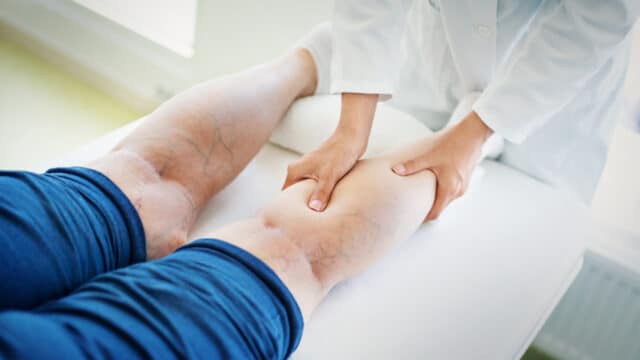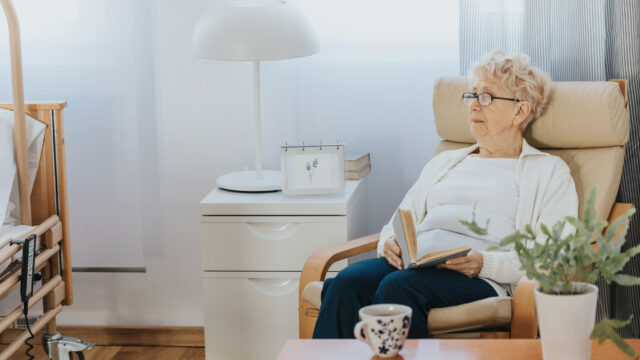Pressure Conditions
What is a pressure condition and how is it caused?
A pressure ulcer or sore is when the skin and underlying tissue become damaged. A pressure condition forms when the skin is pressed against a bone, and also by rubbing or friction caused by the use of medical devices such as respiratory or tubing devices. Individuals who are bedridden or in wheelchairs are at risk of developing pressure conditions due to extended periods of time spent sitting or lying down. This immobility may be due to paralysis, sedation or other health conditions that can increase the risk of pressure condition development. Pressure conditions can be very painful, scar and slow to heal. When left untreated and depending on their severity, they may require months of medical treatment or a person to become hospitalized.
Where can pressure conditions form?
Pressure conditions can form all over the body including:
- Back
- Hipbone
- Heels
- Behind the knees and ankles for those in wheelchairs
- Shoulder blades
- Elbows
- Back of the head
- Spine
How can pressure conditions be prevented?
Pressure conditions are a concern not only for patients but also their caregivers and healthcare providers. It’s important to implement safety precautions, proper skin care and comprehensive risk assessments to help prevent pressure conditions from forming. Knowing the risks and promoting safety standards help to identify these conditions early before they become worse.
Preventative actions include:
- Practice good nutrition
- Drink plenty of water and ensure proper hydration
- Maintain proper skin hygiene
- Manage incontinence
- Keep your ulcer clean from urine and stool
- Encourage mobility by sitting upright, repositioning and turning multiple times a day
- Choose the correct size medical device or equipment that fits properly
- Pad and protect vulnerable areas
- Educate patients, caregivers, and clinicians about how to identify key factors for pressure injuries
- Follow your doctor’s instructions
Contact your healthcare provider if you see any of the following:
- An increase in redness
- Drainage that smells bad or begins to change color
- Swelling
- A temperature over 101 F
- A new wound



